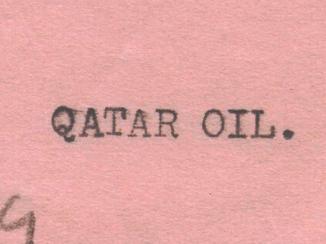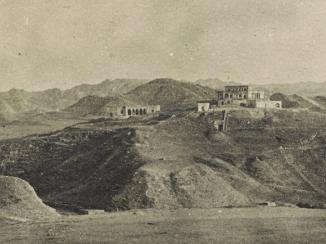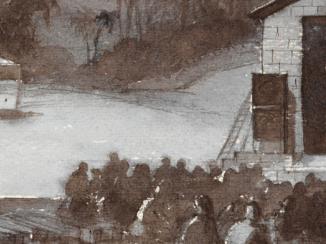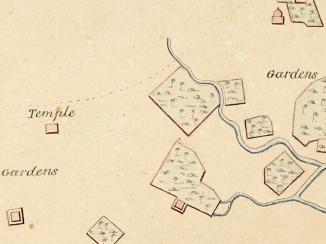Overview
Before the discovery of oil in the Gulf, a shaikh’s protection usually involved the administration of justice and protection of his people from attacks on land. During the nineteenth century, when the pearling industry was the largest source of income in the Gulf, piracy and raids threatened the maritime communities along the coastline, too. What protection was offered by local shaikhs was of little use at sea. Agreements signed with the British from 1820 onwards helped to maintain peace and stability in the Gulf due to the maritime protection they offered.
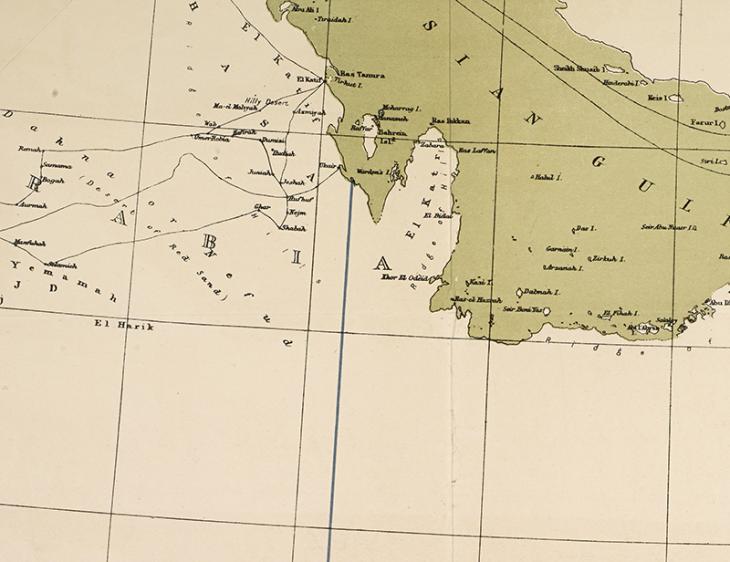
Qatar, 1934
But in the inter-war years, when the pearling industry was in decline and the search for oil gathered pace, threats from rival powers on land were more worrying for those shaikhs under the protection of the British. The 1916 Order in Council A regulation issued by the sovereign of the United Kingdom on the advice of the Privy Council. signed with the Shaikh of Qatar, ‘Abdullāh bin Jāsim bin Muḥammad Āl Thānī, offered British protection ‘from all aggression by sea’. For this reason, when the threat came from land in the early 1930s, British protection was not afforded.
The Growth of Saudi Arabian interests in Qatar
In the 1920s and 1930s, the influence of Ibn Sa’ud, ruler of the newly emergent Kingdom of Saudi Arabia, became stronger on the Arabic side of the Gulf. During this period, the British began to notice that informal payments were being made by the Arab shaikhs of Qatar and the Trucial Coast A name used by Britain from the nineteenth century to 1971 to refer to the present-day United Arab Emirates. to Ibn Sa’ud to protect their land. In 1930, Shaikh ‘Abdullāh of Qatar himself admitted to paying Ibn Sa’ud 100,000 rupees Indian silver coin also widely used in the Persian Gulf. a year. But by 1934, Ibn Sa’ud was trying to draw the southern border of Qatar in his favour.
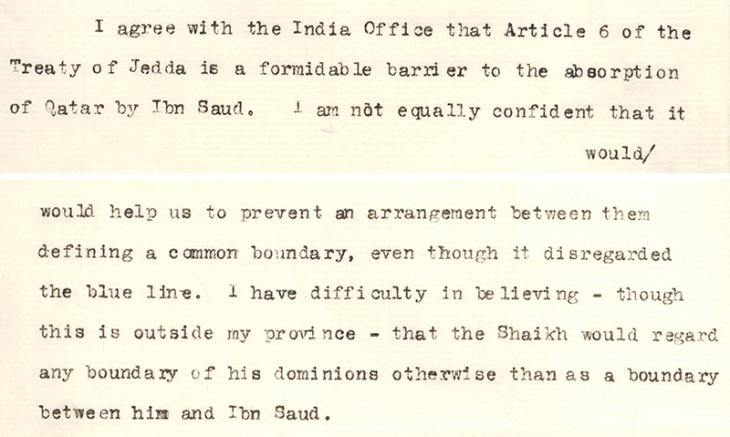
‘This Correspondence Must Now Cease’
Colonel Trenchard Craven Fowle, the Political Resident A senior ranking political representative (equivalent to a Consul General) from the diplomatic corps of the Government of India or one of its subordinate provincial governments, in charge of a Political Residency. in the Persian Gulf The historical term used to describe the body of water between the Arabian Peninsula and Iran. at Bushire, reported in March 1934 to the Foreign Secretary to the Government of India at New Delhi that these payments were ‘in the nature of the ancient Danegeld or the modern black mail’. He continued; ‘by stirring up his border tribes, and in various other ways, Ibn Saud can make himself a nuisance to his Shaikhly neighbours’. The shaikhs had to protect their sovereignty since – except in the case of Kuwait, which the British were committed to defending in the event of a land-based attack – the British would not commit to protect the Gulf’s other shaikhs in the event of a similar attack.
The sums they paid Ibn Sa’ud varied ‘with the rise and fall of Ibn Sa’ud’s prestige’ and ‘in the case of Qatar […] we can always tell the Sheikh – as I am about to do so- that in editorial language “this correspondence must now cease”’.
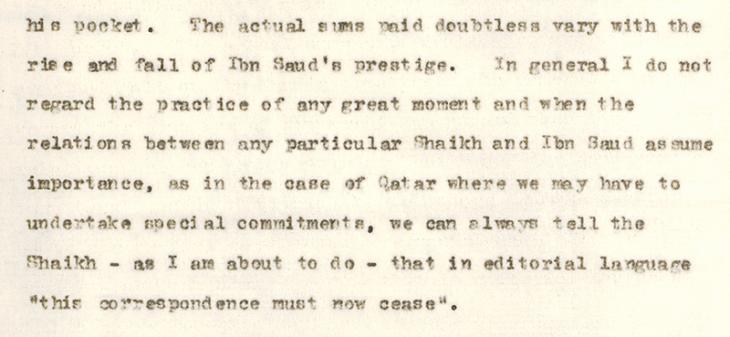
Shaikh ‘Abdullāh agreed to cease the informal agreement with Ibn Sa’ud and, on 5 May 1935, a new treaty was signed with the British, providing Qatar with the promise of British protection, both on land and at sea. The reward for the British was the granting of the Qatar Oil Concession to a British Company later that year.



